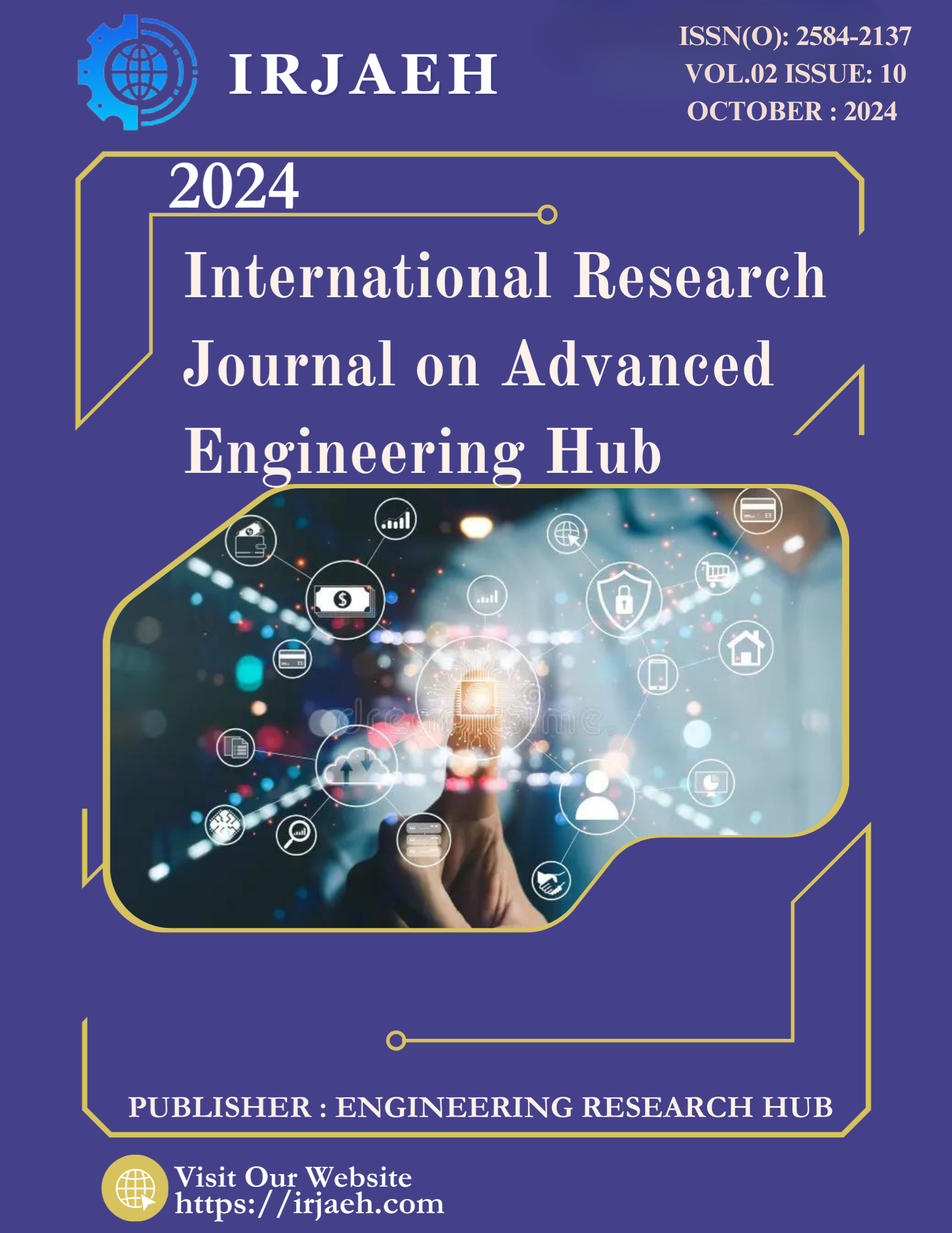The Impact of AI Tools on Employment Trends and Skill Demands
DOI:
https://doi.org/10.47392/IRJAEH.2024.0348Keywords:
skill requirements, automation, job displacement, labor market, Artificial IntelligenceAbstract
Artificial intelligence (AI) is revolutionizing our work, lifestyles, and modes of communication. The integration of AI-driven technologies brings about automation of tedious tasks, enhances decision-making capabilities, and boosts overall productivity. Nonetheless, the adoption of AI carries profound implications for both the labor market and skill prerequisites. On one hand, the advent of AI is poised to usher in new job opportunities, particularly in domains such as machine learning, data science, and AI engineering. Conversely, AI's implementation is expected to automate numerous routine and manual job functions, resulting in the displacement of workers in sectors like manufacturing, transportation, and customer service. This transition underscores the necessity for workers to cultivate fresh skill sets and competencies. Skills such as data analysis, critical thinking, and advanced problem-solving will ascend in importance, whereas conventional proficiencies like manual dexterity and routine problem-solving will diminish in relevance. Furthermore, the effects of AI on employment prospects and skill requisites will vary across different industries and geographical regions. While certain sectors may undergo substantial job displacement, others may witness a surge in demand for adept personnel. Thus, policymakers and industry leaders must adopt a proactive stance toward reskilling and upskilling initiatives to ensure workforce competitiveness. Ultimately, the integration of AI tools is poised to catalyze transformative shifts in the labor market and skill landscape. While it presents novel opportunities and enhances productivity, it simultaneously necessitates adaptive measures from workers to thrive in an evolving job market.
Downloads
Downloads
Published
Issue
Section
License
Copyright (c) 2024 International Research Journal on Advanced Engineering Hub (IRJAEH)

This work is licensed under a Creative Commons Attribution-NonCommercial 4.0 International License.

 .
. 